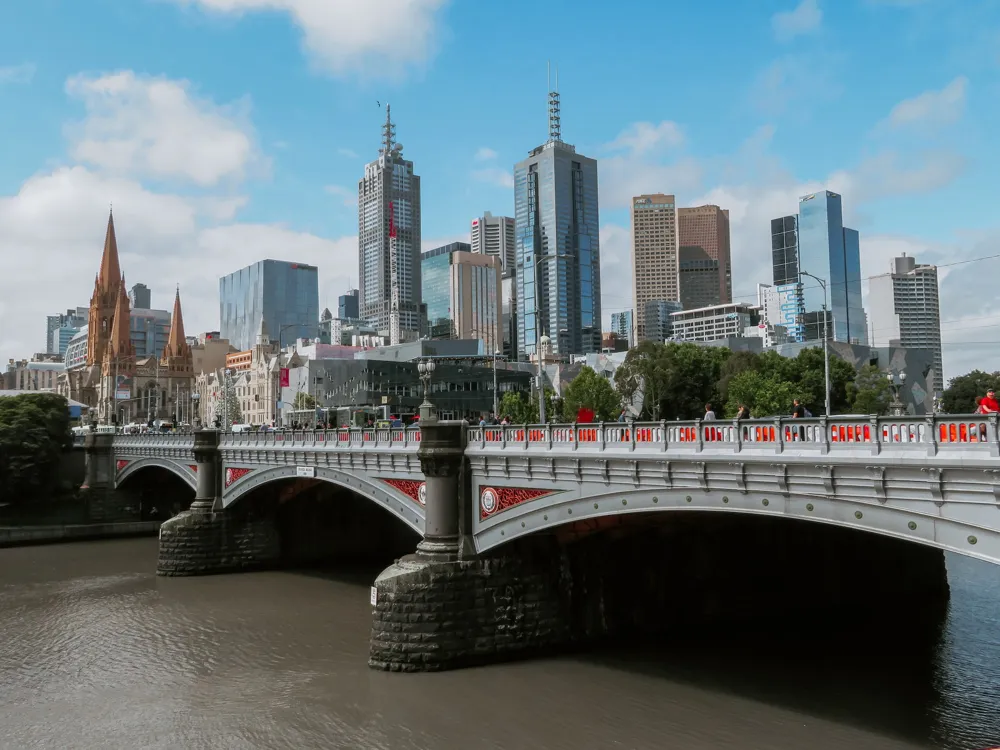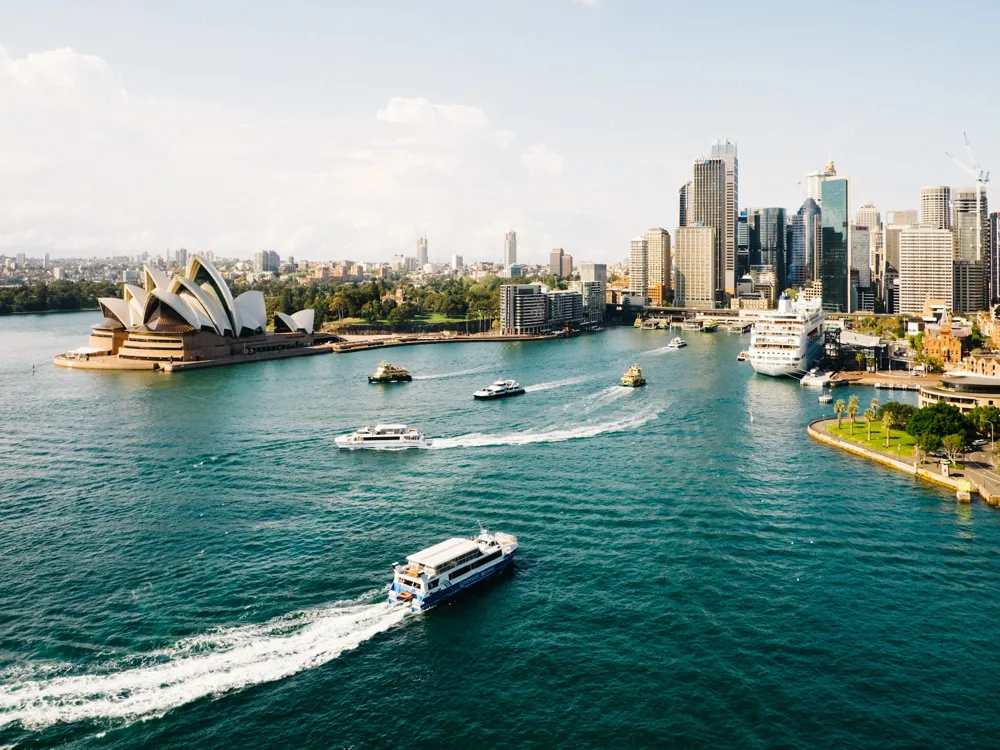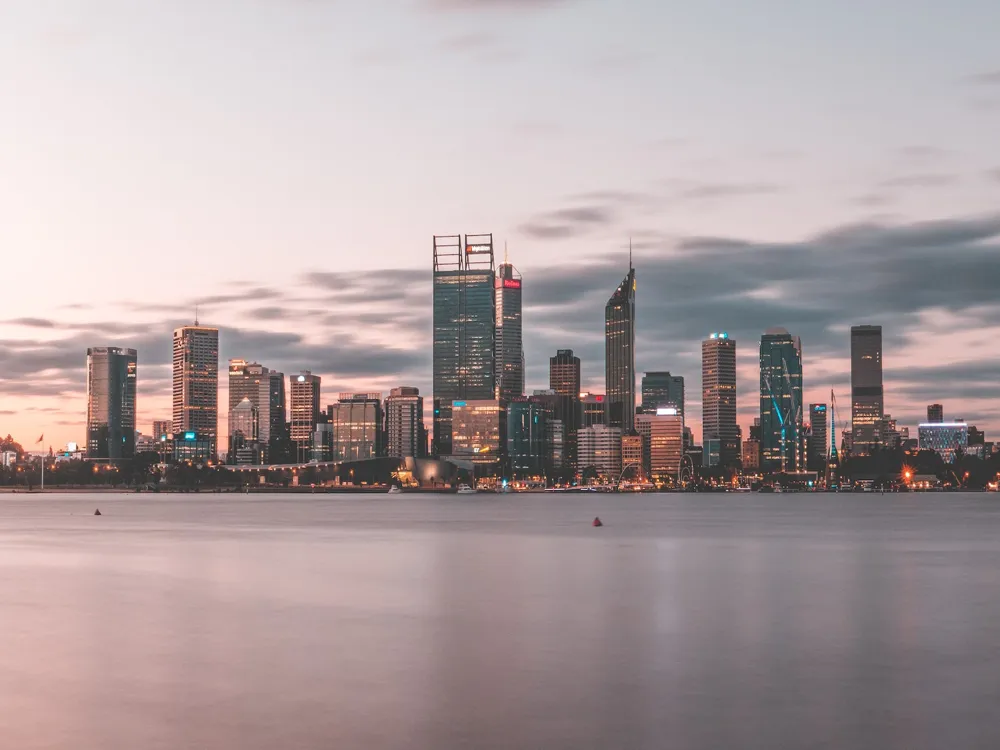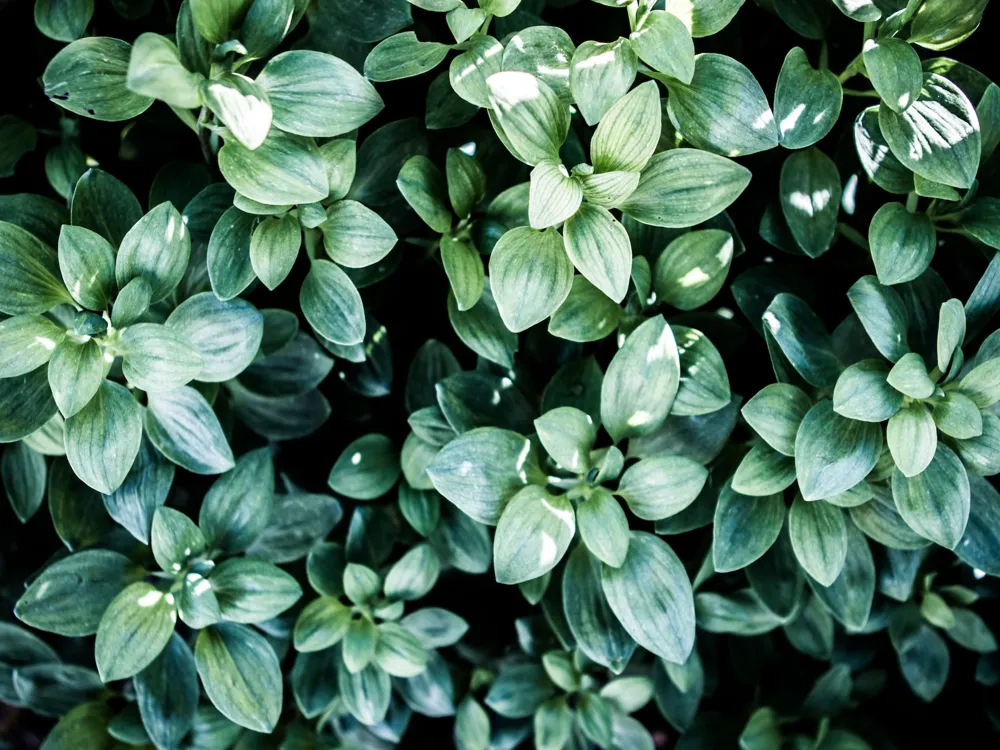Adelaide, the cosmopolitan coastal capital of South Australia, is a city rich in culture and history. Known for its vibrant festivals, incredible food, and premium wine regions just a short drive from the center, Adelaide is an experience in itself. The city is characterized by wide boulevards, lush green parks, and a series of historic buildings that tell the tale of its development since European settlement in the early 19th century. The city is laid out in a grid layout, interspersed with vibrant public squares and surrounded by a ring of parklands. This design, created by Colonel William Light in 1837, has made Adelaide one of the easiest cities to navigate. The heart of the city is Victoria Square, where many significant events and community celebrations are held. North of the square lies the bustling Central Market, a haven for food lovers, while to the east, the city's East End is filled with trendy cafes and boutiques. Adelaide is also a gateway to some of Australia's most famous wine regions, including the Barossa Valley, Clare Valley, and McLaren Vale. These regions are not only known for their superb wines but also their local produce, making Adelaide a haven for food and wine enthusiasts. The city's cultural scene is vibrant, with numerous galleries, theatres, and music venues, including the iconic Adelaide Festival Centre, showcasing a diverse range of artistic expressions. Moreover, Adelaide is renowned for its many festivals and sporting events, which bring the city to life throughout the year. The Adelaide Fringe, WOMADelaide, and the Adelaide Festival of Arts are just a few of the events that attract visitors from all over the world. The city's commitment to sustainability and the environment is evident in its extensive biking trails, solar-powered public transport, and progressive climate policies, making it a model for green living in urban settings. Adelaide's architecture is a blend of historic and modern styles, reflecting the city's evolution over the years. The city's streetscape is a mosaic of old colonial buildings, 19th-century churches, and sleek contemporary structures. Early colonial architecture, primarily made from local stone and brick, gives the city a distinctive character. Notable examples include the Adelaide Gaol, Ayers House, and the Old Adelaide Treasury Building. The 19th century saw a boom in Adelaide's development, leading to the construction of many grand public buildings. St Peter's Cathedral, with its stunning Gothic Revival style, and the Adelaide Town Hall, a majestic example of Victorian architecture, are prominent landmarks. The early 20th century brought Art Deco influences, best seen in buildings like the Capri Theatre and the former Sanders Building. Post-World War II, Adelaide embraced modernist architecture. This era introduced buildings like the South Australian Museum and the Adelaide Festival Centre, Australia's first multi-purpose arts centre. Contemporary architecture in Adelaide is characterized by its innovation and sustainability. The SAHMRI building, with its striking geometric façade, and the Adelaide Convention Centre's recent expansion, are a testament to the city's commitment to modern, sustainable architecture. Adelaide's architectural journey is not just about individual buildings but also about how these structures interact with the city's public spaces. The redevelopment of the Adelaide Oval, blending the old with the new, and the creation of the Riverbank precinct are examples of how architecture plays a role in shaping the social and cultural fabric of the city. Adelaide is a year-round destination, but the best time to visit is during the spring (September to November) and autumn (March to May) when the weather is pleasant, and the city hosts numerous festivals and events. Adelaide is known for its efficient and user-friendly public transport system, including buses, trams, and trains. Consider purchasing a Metrocard for convenience. The city is also bike-friendly, with numerous bike paths and bike-sharing schemes. Adelaideans are known for their friendliness and hospitality. When visiting cultural sites, it's respectful to follow local customs, such as removing shoes when entering certain buildings or spaces. Adelaide's culinary scene is diverse, offering everything from high-end restaurants to casual cafes. Be sure to explore the Central Market for local produce and international cuisine. Adelaide offers a range of accommodation options, from luxury hotels to budget-friendly hostels. Booking in advance is recommended, especially during major festivals and events. Adelaide is accessible via air, with the Adelaide Airport offering domestic and international flights. The city is also well-connected by road and rail, with regular bus and train services from major Australian cities. Once in Adelaide, the public transport system provides easy access to the city and surrounding areas. Read More:Overview of Adelaide
Architecture of Adelaide
Tips When Visiting Adelaide
Best Time to Visit
Transportation Tips
Cultural Etiquette
Dining Out
Accommodation Tips
How To Reach Adelaide
Wineries
Adelaide
₹ 48,500 onwards
View adelaide Packages
Adelaide Travel Packages
View All Packages For Adelaide
Top Hotel Collections for Adelaide

Private Pool

Luxury Hotels

5-Star Hotels

Pet Friendly
Top Hotels Near Adelaide
Other Top Ranking Places In Adelaide
View All Places To Visit In adelaide
View adelaide Packages
Adelaide Travel Packages
View All Packages For Adelaide
Top Hotel Collections for Adelaide

Private Pool

Luxury Hotels

5-Star Hotels

Pet Friendly














